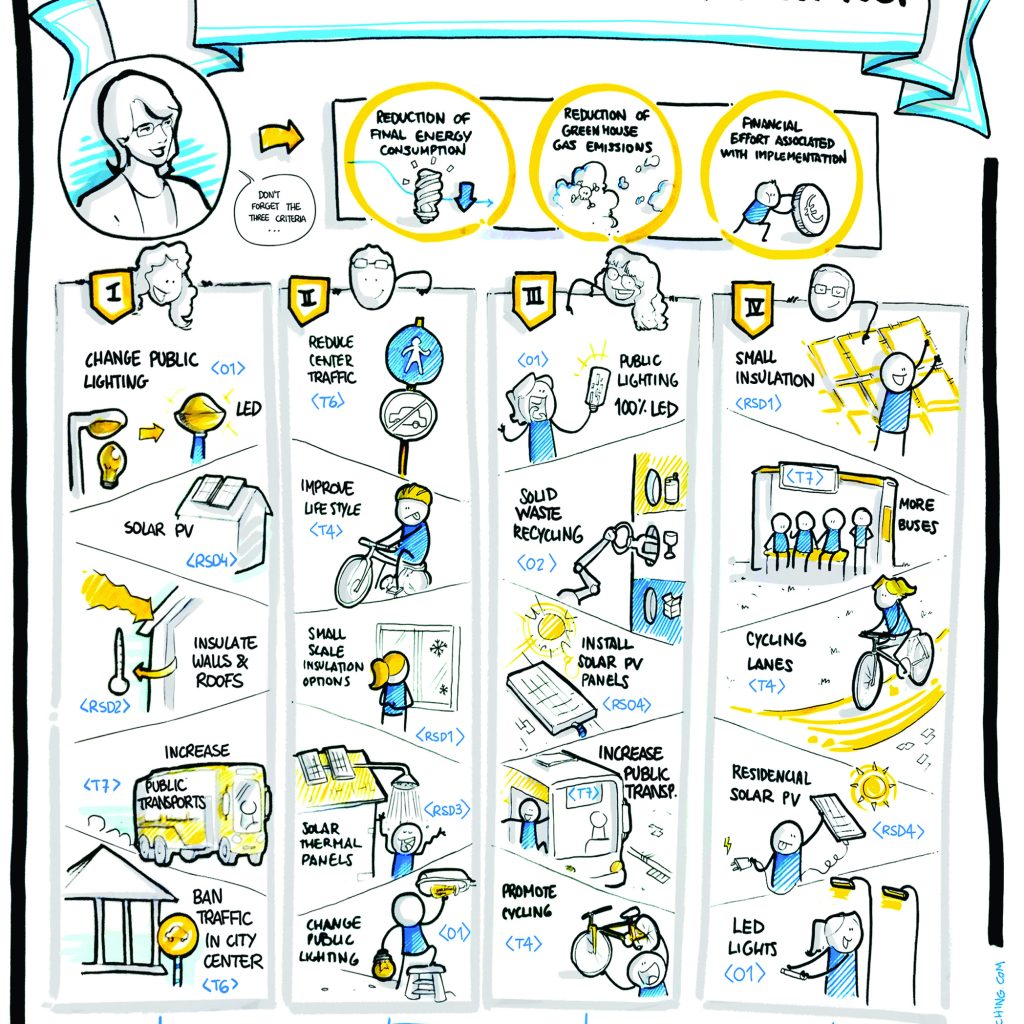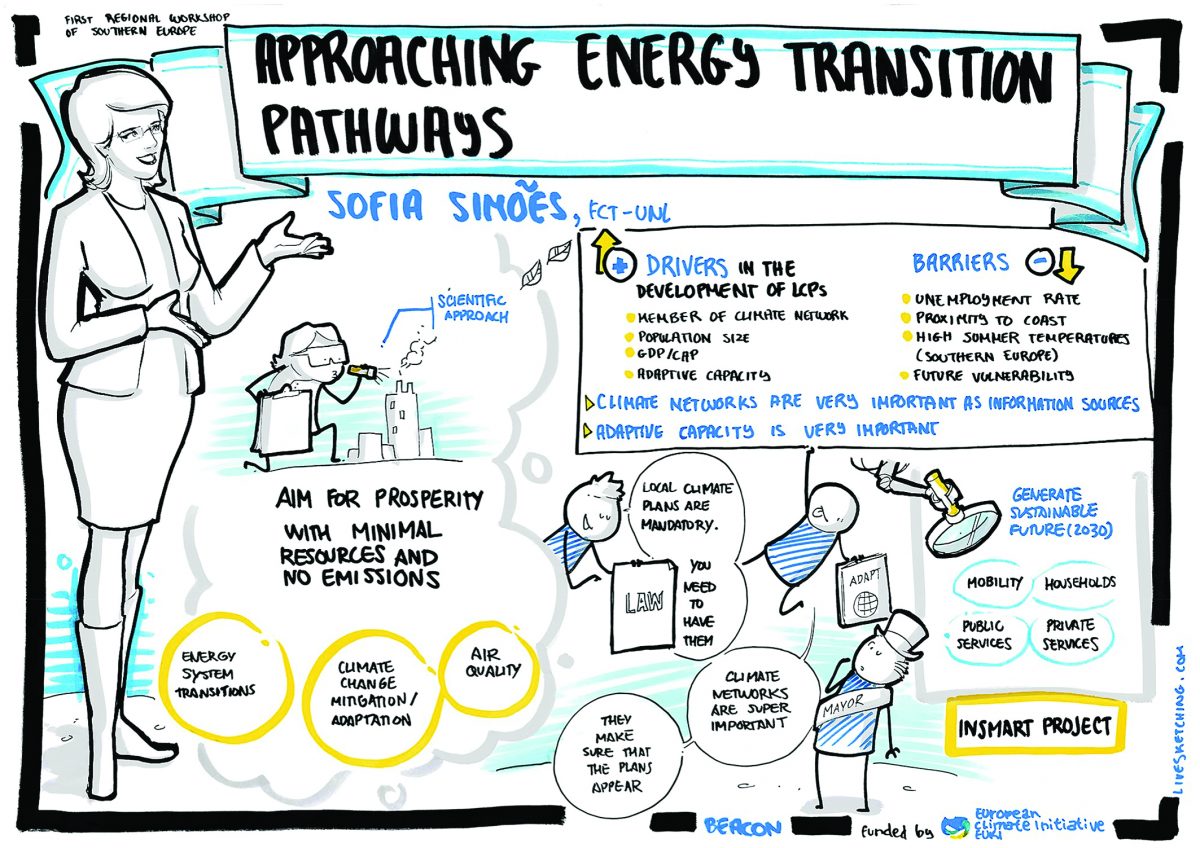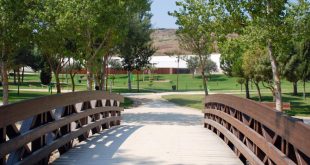We are in Lisbon, Cais do Sodré, near the Tagus river, with the 25th of April Bridge in the background. It is February 2019. We are exchanging ideas with Dr Sofia Simões, an environmental engineer. She is 48 years old, married, and the mother of two children, aged nine and thirteen. She works on a national scale for the Faculty of Science and Technology at Lisbon’s Nova University. A while ago, she began to think and work on a supranational scale for various countries in the European Union. She returned from Brussels yesterday. “I have lived in Sweden; I also lived and studied for three years in Holland and spent a summer in London,” says Sofia Simões, born on the island of Santa Maria in the Azores. She always returns there when she can because she believes that the people there are better able to appreciate the small pleasures of life. Besides the national and international scale, the environmental engineer is very interested in working on a local scale. “Over the years I’ve noticed that there is sometimes a lot that can’t be done on a national scale. There are many lobbies and interests … When we are closer to people, at a local level, a lot of things can happen,” she told ECO 123.
The Paris Agreement is seeking to achieve carbon neutrality for the planet by 2050. We have an obligation to reduce CO2 emissions by at least 40% by 2030. How can this be done?
In Portugal, this will not be very difficult, because of all the renewable electricity available to us. If we close the coal plant at Sines, we will soon reduce emissions by 12%. We must continue to invest in wind and solar energy.
Is mobility your greatest concern?
We haven’t invested in the rail network since the 80s. So far, we have seen one line after another being closed down all across the country. It’s a great pity! We need to get back to having a good railway network and I don’t think that’s going to happen.

There is only one railway line from the north to the south of the country and just a single train that connects Portugal to Spain. It leaves once a day from Santa Apolónia station in Lisbon, at 9.35 pm. Is there going to be a plan for decarbonisation in the transport sector?Yes, I think so. Perhaps no one knows that, for example, in Vienna – an Austrian city – all inhabitants have a transport pass for one euro a day. They can travel for 365 euros over the year. How is it possible that we don’t have the means for our current public transport? Our public transport is expensive! The monthly cost of a season ticket to cross the bridge – from Setúbal to Lisbon – is 160 euros.
Let’s talk about CO2 mitigation in cities. We have looked at your project which was completed in Évora, namely INSMART. How can a city like Évora reduce its carbon footprint in a radical way?
It can’t. To revitalise the historic centre, they have been acting on two fronts: removing traffic and constructing car parks.
Out of town?
No, near the centre, for the residents. People need a car, they need a place to park, and it will make a difference regardless of whether they have a home there or not. Therefore, parking is not only for the locals, but also for the people who go shopping. A Residents Support Office was also built in the historic centre with the aim of improving the routes. We talked about concrete issues with which people identify.
How did you obtain measurements of the emissions of citizens?
What we did in Évora, when we talked about these 3.7 tons of CO2 per citizen, was to measure energy consumption, not only energy, but also all emissions: electricity, fuel for cars, agricultural machinery like tractors (diesel and petrol)… Évora is a rural area. We also considered the few solar thermal panels (they also produce energy, although they have no associated carbon dioxide emissions) and gas (if it is used for cooking, heating water and heating houses, it is a source of energy that causes CO2).
Fizeram uma pesquisa pessoa por pessoa?
Fizemos tudo junto. Falámos com a EDP, com a Câmara Municipal, com as empresas locais de gás, por exemplo, com a distribuidora de gás natural. Depois fizemos inquéritos porta a porta. Portanto, andámos a perguntar a pessoas como os estudantes da Universidade de Évora… Fomos a mais de 100 casas em Évora e perguntámos: como consomem energia no dia-a-dia em sua casa? Quantas horas tem o aquecimento ligado? Quando costumam cozinhar, mais com gás ou com eletricidade? Depois, perguntámos como se deslocavam, se costumavam usar o carro (questionamos: qual o destino e quanto tempo demora nas suas viagens?), ou se andavam de bicicleta.
Foi a primeira vez que se fez um estudo com tantos métodos diferentes. Normalmente ficamos apenas pelos inquéritos e as estatísticas existentes.
O que fizeram com tantos dados?
Foram definidas medidas concretas! Por exemplo, foi construído em Évora sete quilómetros de uma ciclovia. Acompanhámos o projeto durante cinco anos. Perguntámos quandos quilómetros foram construídos e quantas pessoas usaram as bicicletas. Foram disponibilizadas bicicletas públicas e feito o levantamento de quantas pessoas as usaram.
Food is also part of the ecological footprint.
We didn’t count food, only the energy consumption in other sectors: residential housing, public and private transport, passengers and freight and public and private service buildings, including municipal services, theatres and the museum.
We recorded and compared the total electricity consumption in Évora from 2014 to 2015. We then looked at how much electricity was consumed in homes, universities or other buildings that consumed more. It’s not at all easy and it’s not just about wanting to reduce consumption: you have to become aware of where you’ve consumed the most… It’s a lot of work
How did you get the numbers and their respective answers?
We asked a huge number of different organisations and people… We tried to understand a lot of things about the process.
Uma ciclovia ainda não garante a mitigação do CO2.
Estavam previstos outros investimentos até 2030. Foi instituída a redução da velocidade na maioria das zonas residenciais do centro histórico para 30 km/h. Vão mudar a iluminação da via pública para 100% LED. Para os municípios é importante mudar para candeeiros de iluminação pública que são mais eficientes. É fácil justificar e controlar quanto dinheiro foi gasto.
Também não é muito difícil dentro de cada cidade a produção de eletricidade através de fontes de energia renovável. Para instalar um painel fotovoltaico, grande ou pequeno, é necessário pedir uma autorização. Em Portugal, esta é entregue à Direção Geral de Energia, organizadas por cada município. O município decide instalar painéis fotovoltaicos em todas as escolas primárias. São medidas que não são muito aplicadas e foi isto que tentamos mudar com este projeto.
Não há uma cultura de mitigação na Administração Pública. A gestão das cidades tem de ser feita com base no que se pretende para o seu futuro, o trabalho de redução das emissões tem obrigatoriamente que começar. Esperemos que desde o ano base até 2030 consigamos reduzir 22 por cento de CO2 com a mudança da frota para autocarros que funcionam com energia limpa.
Esperemos que a percentagem de energias renováveis no consumo final de energia em 2030 registe uma redução de cerca de 20 por cento e que a redução em emissões per capita possa ser de sete por cento.
Obrigado.
 Eco123 Revista da Economia e Ecologia
Eco123 Revista da Economia e Ecologia



